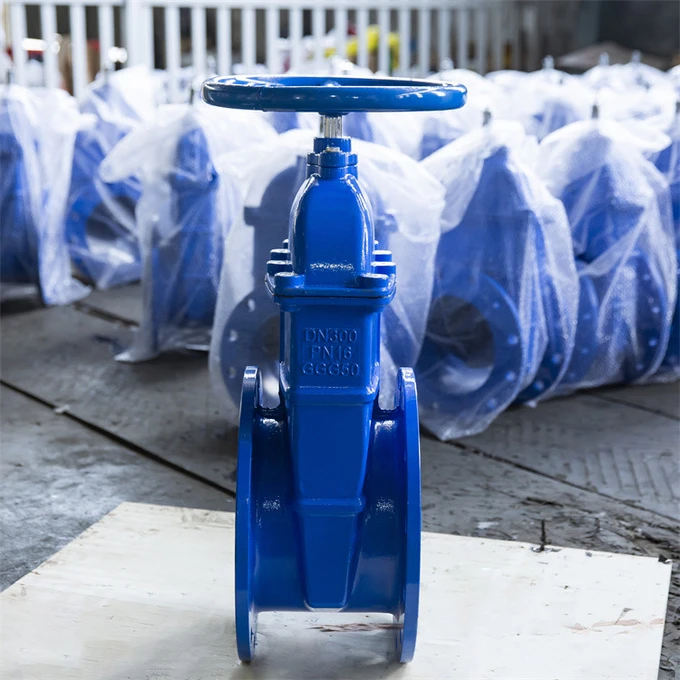des . 15, 2024 17:39 Back to list
one way check valve
Understanding One-Way Check Valves A Key Component in Fluid Mechanics
In the realm of fluid mechanics and piping systems, the one-way check valve stands out as an essential device, designed to ensure the safe, efficient, and effective flow of fluids. This article explores the working principle, applications, advantages, and considerations associated with one-way check valves, emphasizing their importance in various industries.
What is a One-Way Check Valve?
A one-way check valve, commonly referred to simply as a check valve, is a mechanical device that allows fluid to flow in one direction while preventing backflow. This unidirectional flow is crucial in systems where reverse flow could lead to contamination, damage, or inefficiency. Check valves can be found in a variety of forms, including swing, ball, and diaphragm types, each selecting the most appropriate design depending on the application.
Working Principle
The operational mechanism of a one-way check valve is straightforward. It typically consists of a disc or ball that moves within the valve body. When fluid flows in the forward direction, the pressure forces the disc or ball to lift, allowing fluids to pass through. Conversely, when there is no flow or a reverse flow situation occurs, the disc or ball is pushed back into the seat, creating a tight seal that prevents any backflow. This simplicity in design makes check valves a reliable solution for many applications involving fluid dynamics.
Applications of One-Way Check Valves
One-way check valves are extensively used across multiple industries for various applications. Here are a few notable examples
1. Water Supply Systems In municipal water systems, check valves prevent backflow, ensuring that clean water remains uncontaminated by potentially harmful bacteria or chemicals from drainage or wastewater systems.
2. Heating and Cooling Systems In HVAC applications, check valves help maintain system pressure and prevent thermal shock by restricting reverse flow, thereby protecting pumps and other components from damage.
3. Pneumatic Systems In compressed air systems, check valves are vital for maintaining pressure and preventing the reverse escape of air, ensuring that pneumatic tools and equipment function correctly.
4. Medical Devices In medical applications, such as infusion pumps or dialysis machines, check valves ensure that fluids flow in the intended direction, preventing the backflow of bodily fluids or medications.
Advantages of One-Way Check Valves
one way check valve

The advantages of utilizing one-way check valves in fluid transport systems are numerous
- Prevention of Backflow The primary benefit is the prevention of backflow, which can significantly reduce contamination risks in fluid systems
.- Ease of Installation Most check valves require minimal space and can be easily installed in existing piping systems without requiring extensive modifications.
- Low Maintenance Check valves generally have a robust design with minimal moving parts, resulting in lower maintenance requirements over time.
- Variety of Materials They are available in various materials, including metal, plastic, and rubber, allowing for compatibility with different fluids and operating conditions.
Considerations While Using One-Way Check Valves
While one-way check valves offer many advantages, there are several considerations to keep in mind when selecting and installing them
- Sizing It is crucial to properly size the check valve according to the flow rate of the application to prevent undue pressure drops or malfunction.
- Orientation Correct installation orientation is essential; check valves must be installed in the specified direction to function effectively.
- Material Compatibility Ensure the valve material is compatible with the fluids being transported to avoid corrosion or degradation.
Conclusion
One-way check valves play a vital role in fluid management across numerous industries, ensuring unidirectional flow and protecting systems from backflow contamination. Understanding their function, applications, and benefits can help engineers and technicians design more efficient and safer fluid transport systems. As technology continues to advance, the integration of innovative materials and designs will only enhance the performance and reliability of these indispensable components in fluid mechanics.
-
Why Metric Trapezoidal Thread is Ideal for Precision Motion ControlNewsAug.05,2025
-
The Unique Properties of a Block of Granite for Industrial UseNewsAug.05,2025
-
The Role of Flanged Y Strainers in Preventing Pipeline ClogsNewsAug.05,2025
-
The Importance of Regular Calibration for Master Ring GagesNewsAug.05,2025
-
How a Cast Iron Surface Table Enhances Accuracy in ManufacturingNewsAug.05,2025
-
Comparing Different Check Valve Types for Optimal Flow ControlNewsAug.05,2025
Related PRODUCTS









